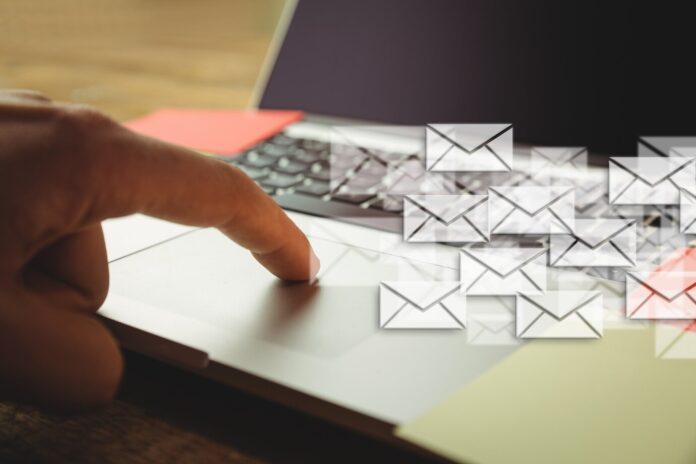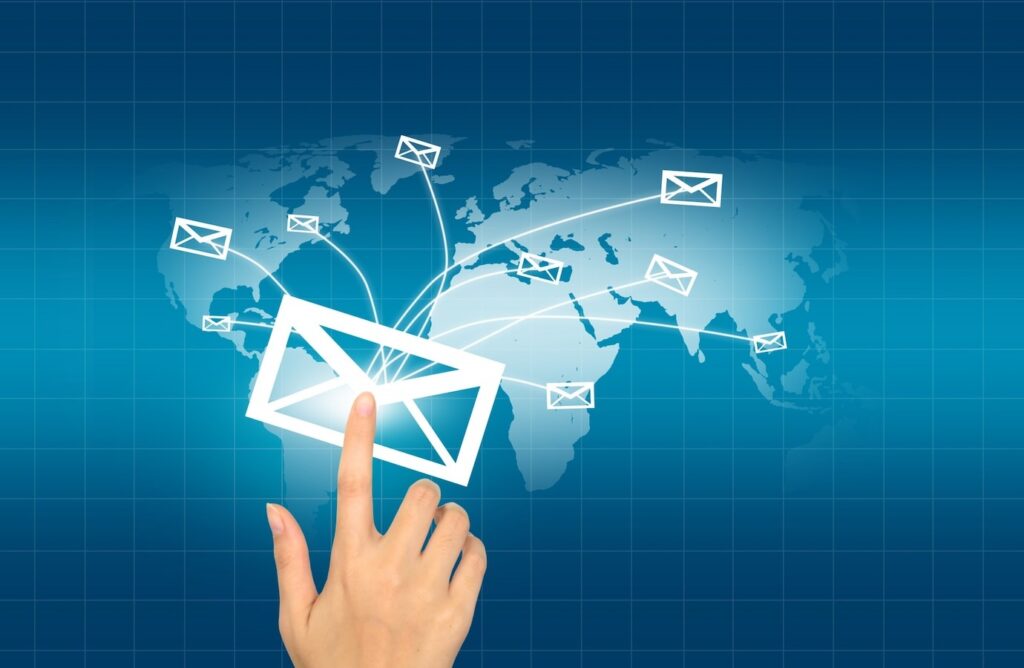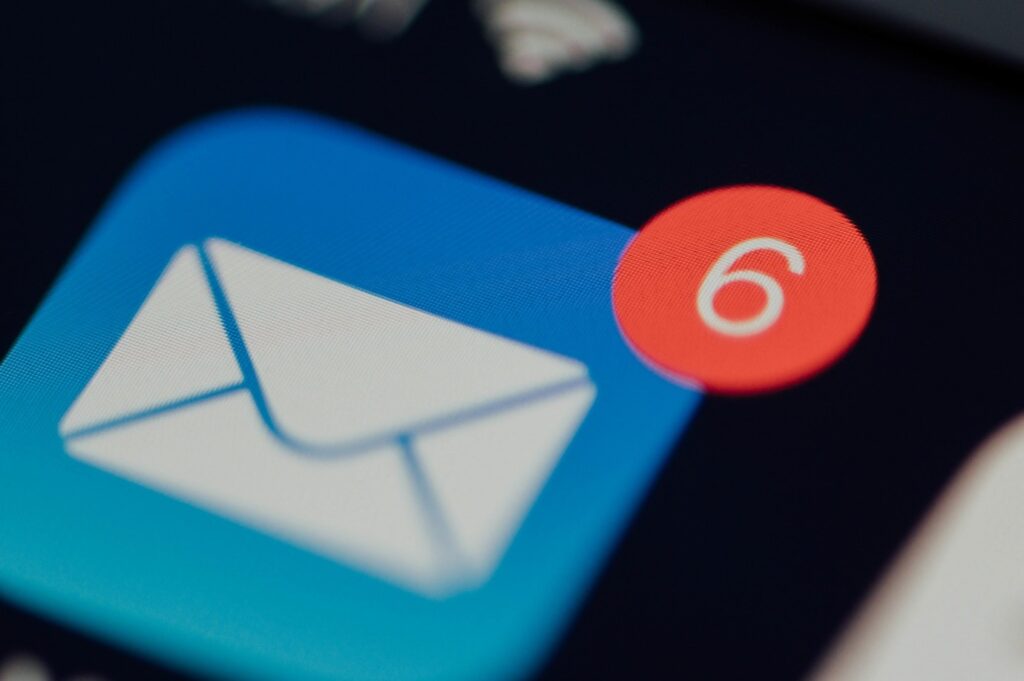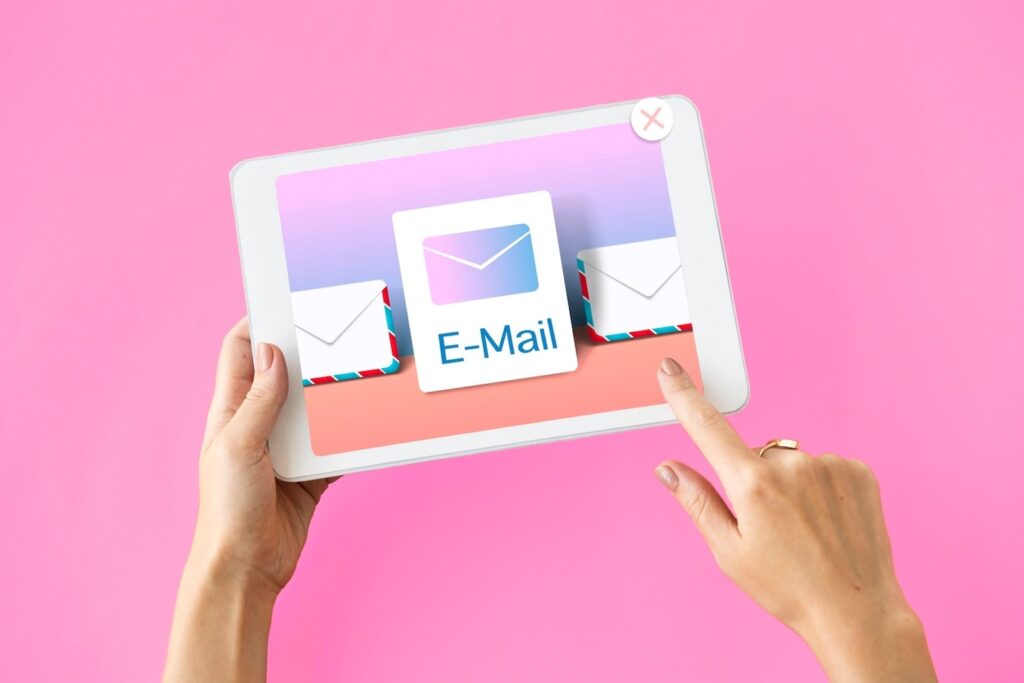
Have you ever worked hard on an email campaign, only to see a chunk of it end up in spam folders or simply vanish? We know how annoying it is when that happens. In the complex world of email marketing, getting your emails consistently into inboxes takes more than just great content.
You spend hours making your newsletter awesome—packed with stuff your subscribers will love. You click ‘send’ and then wait for opens that never seem to come.
That’s where email deliverability services step in. They help you understand the ever-changing rules that email providers follow so your messages get seen by the people you want to reach.
What is an Email Warm-up?

Think of email warm-up as making an excellent first impression with those strict neighborhood homeowners who control your mail, like Gmail, Outlook, and Yahoo. If you suddenly start flooding their mailboxes from a new address, they’ll get suspicious, and your mail might end up in the junk pile.
Warm-up is about showing them you’re the real deal. You start by sending small amounts of mail and gradually increase the volume over time. Better yet, if those homeowners open your letters, read them, and even write back, it shows you’re a good neighbor they can trust.
Why Does Warm-Up Matter?
Let’s face it: a good reputation with the mail carriers is crucial if you want your messages delivered. Here’s why warming up your email matters:
- Inbox VIP: You’re more likely to get your mail placed in the primary inbox instead of the junk folder.
- Higher Delivery Rates: More of your mail actually makes it to the suitable houses.
- Say Goodbye to Bounces: Fewer letters get returned to sender because of insufficient addresses or blockades.
The bottom line? Email warm-up ensures all the awesome stuff you send out gets seen by the people you want to reach. You wouldn’t want your hard work wasted, right?
The Mechanics of Email Warm-up

Okay, there are two ways to tackle email warm-up: the manual and automated paths.
Manual Warm-Up: The DIY Approach
This means doing the work yourself. You could start by emailing a small group of trusted contacts, maybe friends, family, or colleagues. Ask them to open your emails, reply, and even mark them as important.
You can also use your existing personal email to send out a few messages. It’s a good starting point, especially if you’re sending low volumes of emails.
Benefits of Automation: Leveling Up
But let’s be honest: Manual warm-up can be a slog. It’s time-consuming and challenging to scale up as your email marketing grows. This is where email warm-up tools come to the rescue. They streamline the whole process, automating time-consuming tasks like sending, opening, and replying to emails.
These tools also let you carefully control your daily sending volumes and adjust based on how ESPs respond. Think of them as your assistant, handling the nitty-gritty so you focus on the bigger picture.
Warm-Up Tools: What They Do
Most warm-up tools handle the basics like:
- Automated Sending and Receiving: They send emails from your account and open/reply to messages sent within their network.
- Customizable Schedules: You set the pace for increasing your sending volumes.
- Reporting: Tools often provide data on how your warm-up is going and how your sender reputation is progressing.
Implementing Email Warm-up: Strategies and Tools

Warm-Up Planning: The Blueprint
A little planning goes a long way before hitting the “go” button. Here’s what to consider:
- New Domains or Subdomains: Warm-up is crucial if you’re starting with a brand-new domain. Sometimes, established businesses even use subdomains to separate their warm-up traffic.
- Schedules and Volume Increases: Start slow! Most tools let you customize a schedule. You might begin with small daily email amounts, gradually increasing them over a few weeks.
If you’re opting for automation, there are many warm-up tools and email deliverability solution.
When to DIY, When to Automate
Manual might work if you’re a small business with low email volume or just testing the waters.
Tools are the top choice when you handle large email campaigns, need detailed analytics, or want to save time and ensure consistency.
Key Takeaway: Whether manual or automated, a well-executed warm-up gives your email marketing efforts a solid foundation.
Beyond the Tool: Best Practices for Email Deliverability

Remember, a warm-up tool is a powerful ally, but it’s not the only factor determining your email marketing success. To truly achieve inbox dominance, consider these essential practices:
- Content is King: Even the best warm-up won’t save boring or irrelevant emails. Focus on creating high-quality content that your audience genuinely finds valuable. Better open rates and engagement signal ESPs positively, boosting your reputation.
- List Hygiene: Keep it clean. Outdated email lists are a recipe for trouble. Remove inactive subscribers and invalid addresses as high bounce rates can sabotage your sender reputation.
- Authentication – The Techy Trust-Builders: Setting up proper authentication (SPF, DKIM, DMARC) may sound intimidating, but it’s a sign to ESPs that you’re a legitimate sender. Think of it like showing your passport at the airport proves you can be there.
- Strategic Sending: Slow and steady win the race. Avoid sudden blasts of emails, especially from new accounts. Consistent sending patterns help build a positive track record with ESPs.
The Bigger Picture
Warm-up lays the groundwork, but these best practices solidify your reputation as a trustworthy sender. Combining them with a well-executed warm-up strategy maximizes your chances of consistently landing in those coveted inboxes.
Achieving consistently high inbox placement takes more than just compelling content – email warm-up, whether manual or automated, is a foundational strategy for building a trustworthy sender reputation.
Combining a well-planned warm-up process with best practices like high-quality content, list hygiene, and proper authentication maximizes your chances of reaching the right inboxes and achieving your email marketing goals.








